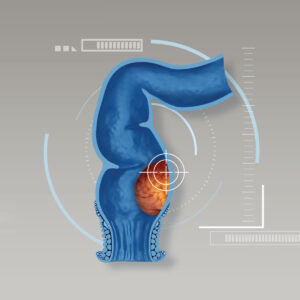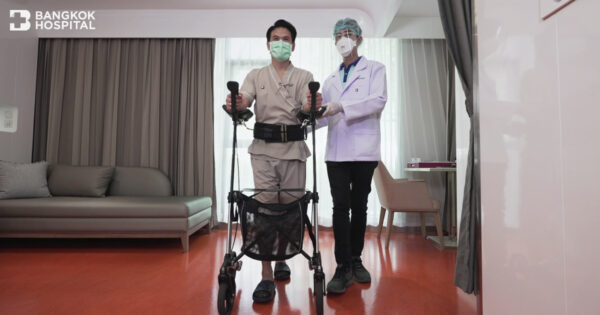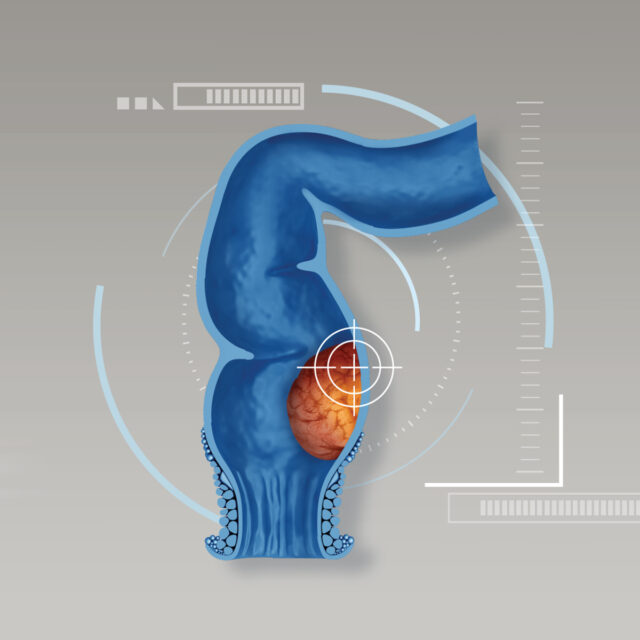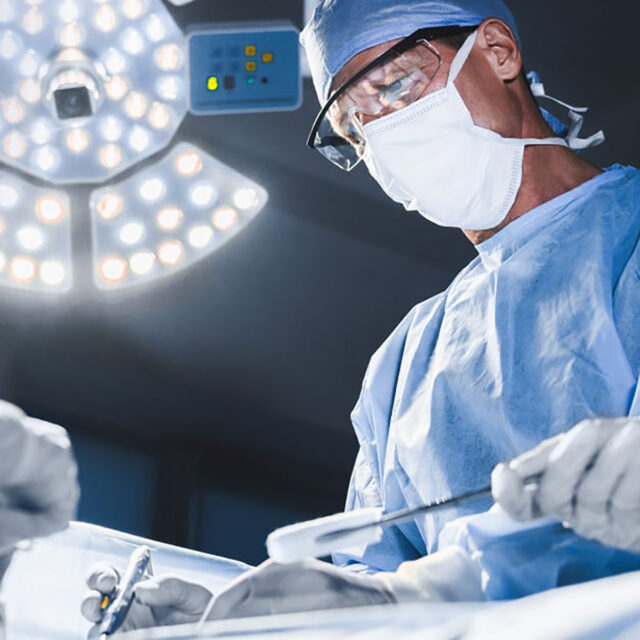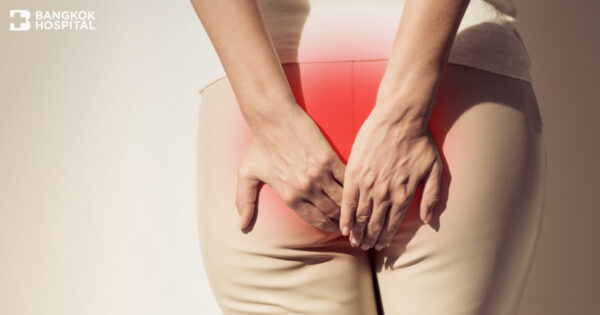An important aim for patients and their families after an abdominal surgery is to return to their daily routines. Therefore, physical and psychological preparations before the surgery as well as their rehabilitations afterwards are critical to prevent or reduce any complication that may occur from surgery. This will ensure the patients recover according to their treatment schedules, and that they can return once more to being healthy.
Pre-Surgery Program
Before the surgery, patients need a proper advice and preparation both physically and psychologically in order to be ready for the procedure. Pre-surgery program focuses on preventing complications that may arise after the operation. The most important physical preparation before surgery is a breathing exercise that helps increase lungs and respiratory performances. The effective method is to inhale using the diaphragm muscle and exhale through pursed lips. The patient can practice this by drawing a deep breath through the nose slowly as the stomach inflates and the lungs expand to the maximum capacity. Then, slowly exhale through pursed lips. Repeat this exercise 5 – 10 times.
Caution: While practicing, patients must not force or hold their breaths
Post-Surgery Program
Patients should resume the breathing exercise as soon as they wake up. In addition, each patient should start making simple movements – sit up, stand, and walk – as soon as possible to help all the body functions recover and quickly return to normal. It is necessary for the patient to follow these instructions below:
- Proper breathing exercise to promote lungs and respiratory performance. This is the same exercise as for pre-surgery.
- Exercises and movements on the bed. Start light exercises to prepare the body and muscles for harder activities such as standing and walking, especially for leg and ankle muscles – by flexing the feet up and down to increase blood flow and prevent blood clot in the veins.
- Getting out of bed the right way. It is necessary to practice how to get out of bed properly once the doctor allows the patient to start sitting next to the bed or walking. This will help lessen any impact on the wound and reduce the pain.
- Preparation to return home. When the doctor allows the patient to go home, the patient will receive guidelines from a team of multidisciplinary specialists on how to continue recuperation at home such as how to return to the daily routine, how to choose the right diet, preparation to return to work, etc.

